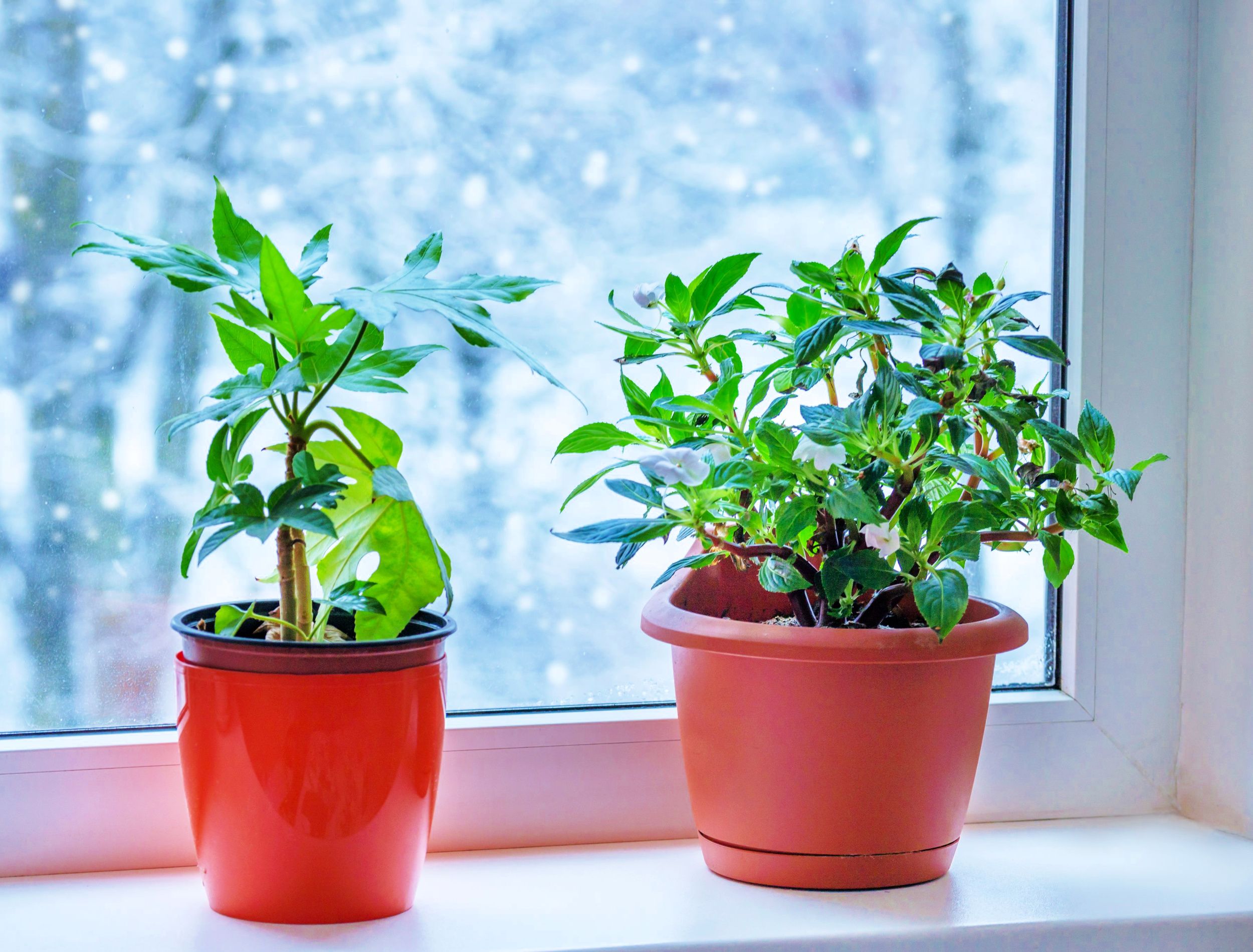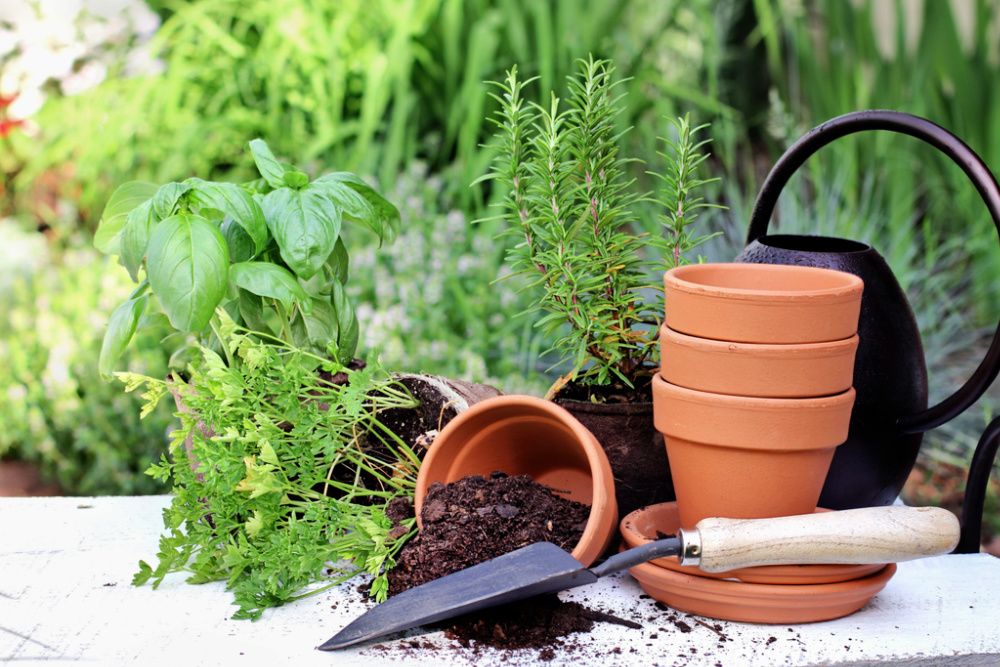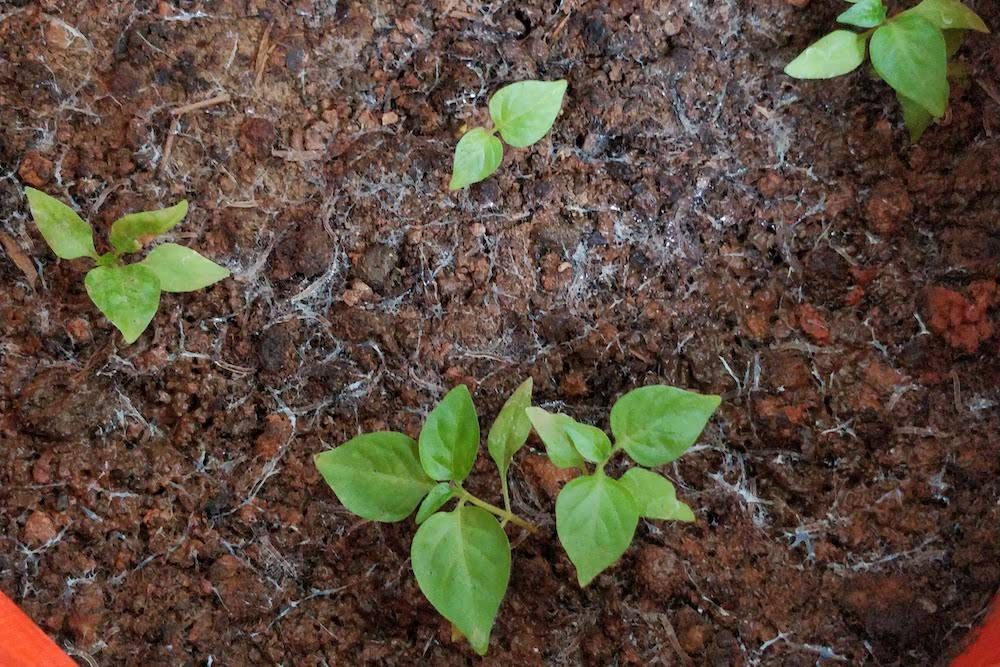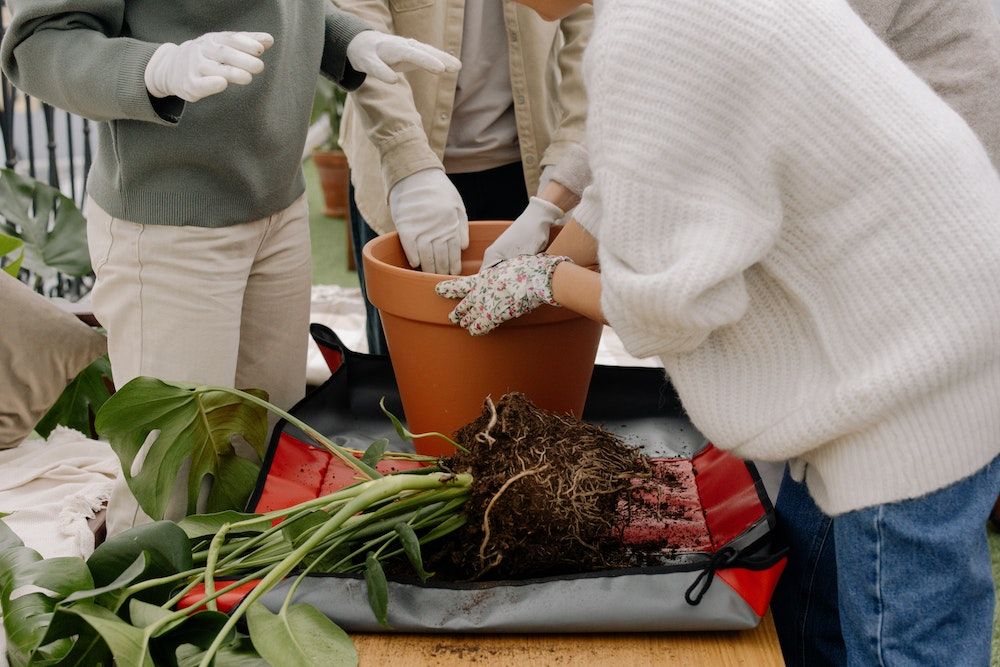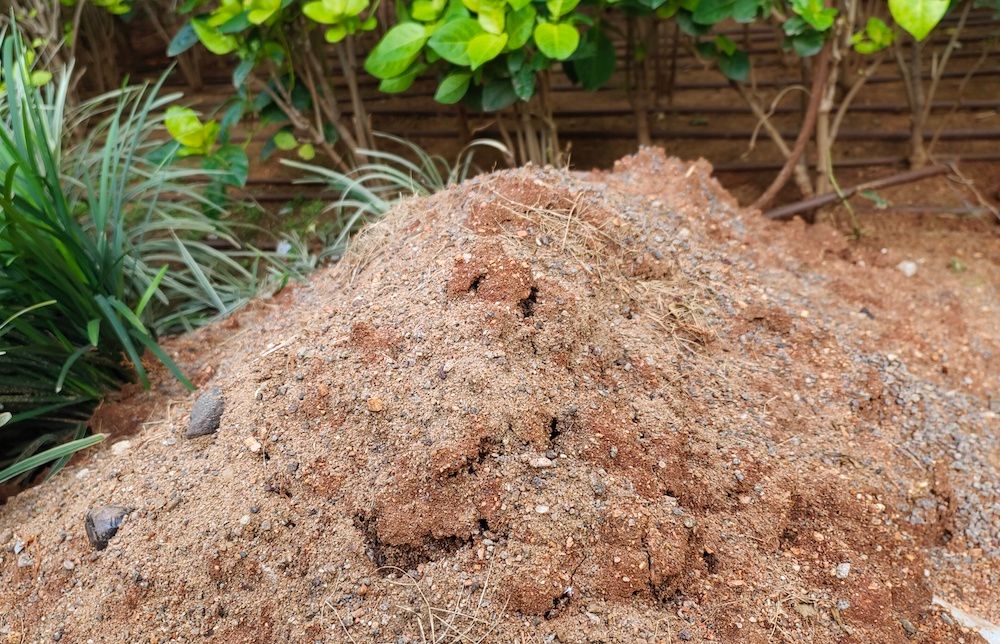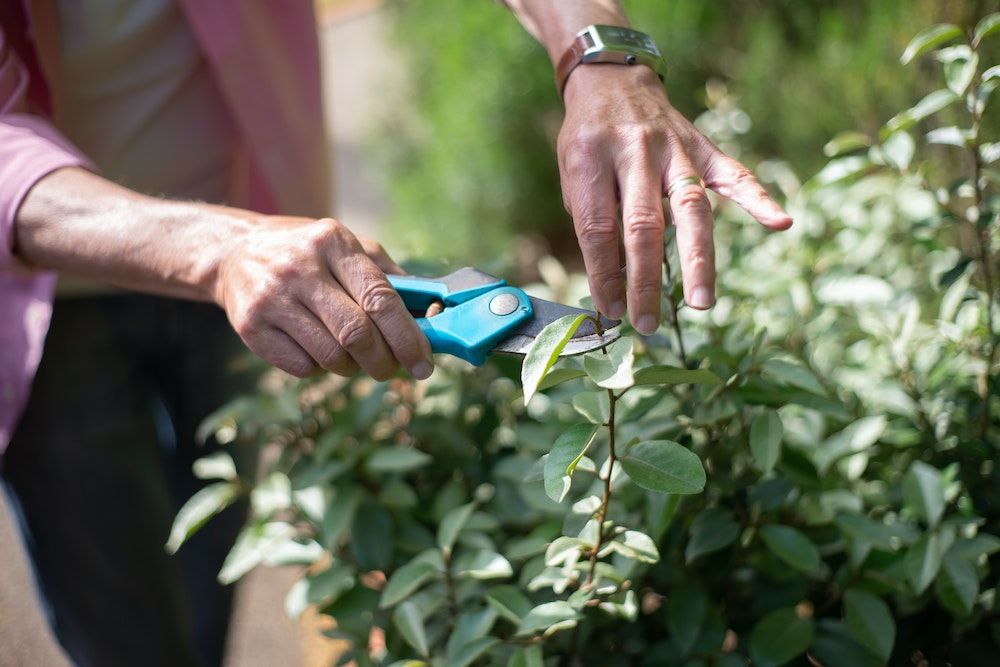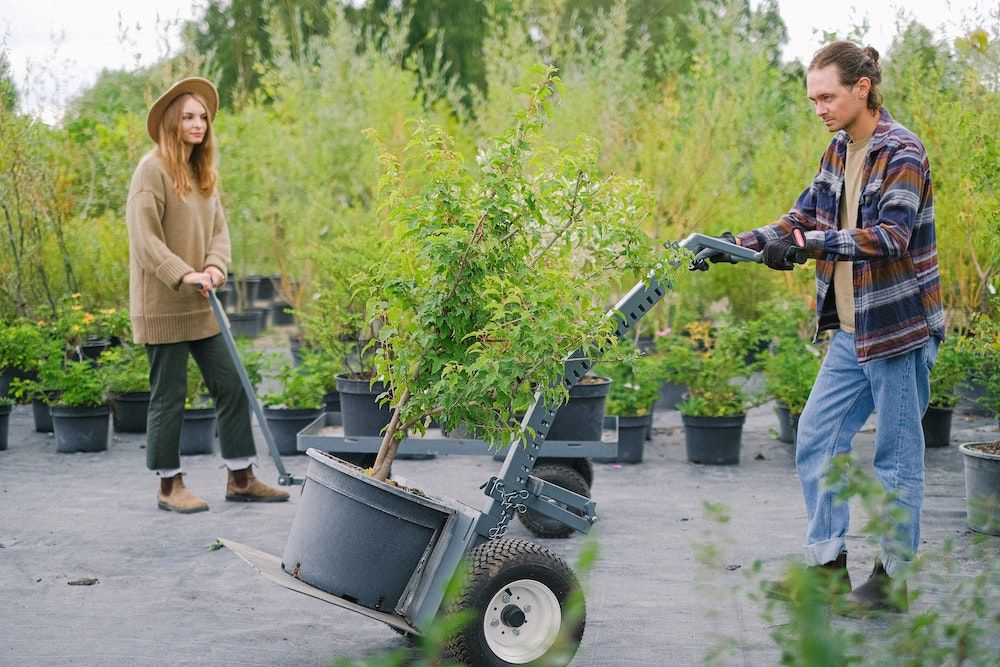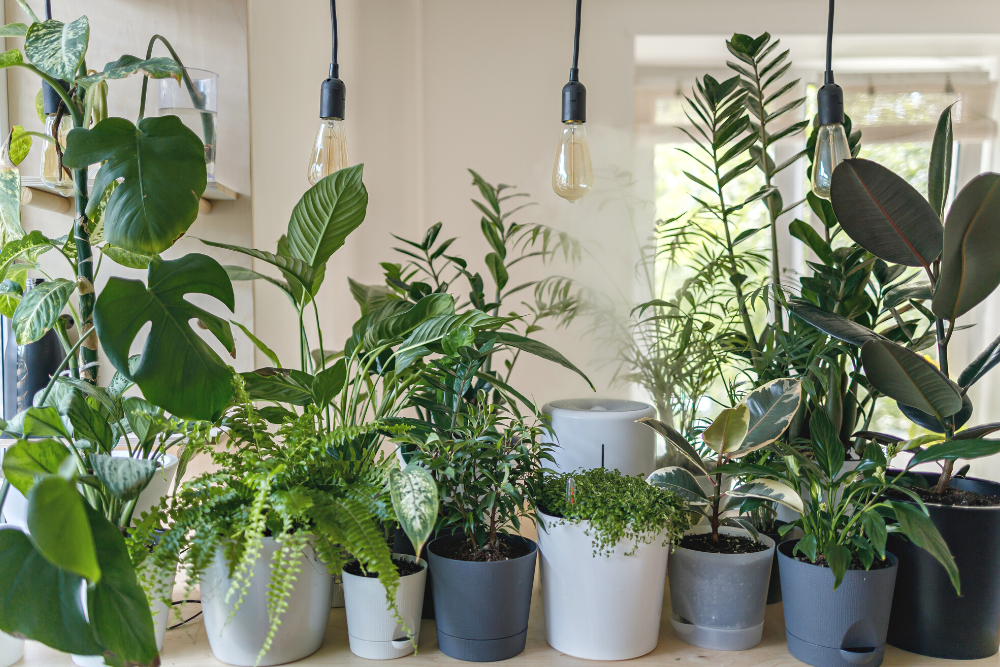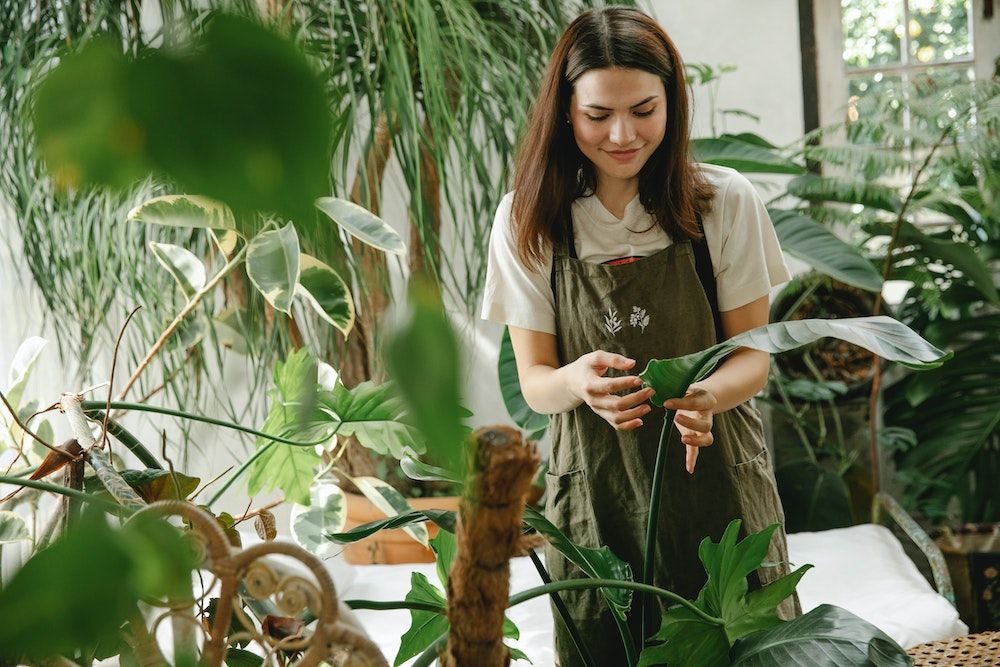Leaving temperature-sensitive plants outside during winter can cause irreversible damage and premature death. With that in mind, it's essential to winterize many plants by bringing them indoors during colder months.
You can't mimic the ideal outdoor environment for healthy growth, but if you fail to provide your plants with the ideal indoor growing conditions, they might throw a botanical temper tantrum by drooping or going into shock. Of course, not all plants experience transition shock, but those that do will give you a tough time recovering from the change.
So that you can avoid stress on yourself and your plants, it's essential to know how to transition them indoors for the winter. Here's a beginner-friendly guide to transitioning your plants indoors so you can enjoy them throughout the bitter cold months.
What You Need to Winterize Your Plants
Image credits: Stephanie Frey via Shutterstock
Luckily, the materials you need to winterize your plants aren't different from regular gardening tools. Here's what you'll need.
- Garden gloves
- Neem oil
- Household bleach
- Water
- Empty pots, just in case
- Spade
- High-quality soil
- Pruning shears
- Wheelbarrow
- Grow lights (Optional)
- Space heaters (Optional)
- Humidifiers (Optional)
1. Check for Insects and Infection
Image credits: Lakeisha Ethans for Backyard Boss
The little critters in your garden usually look for a warmer place to reside once the weather gets colder. When it gets cold, these fellows hide under leaves, deep between plant stems, or even beneath the pot itself!
Before you bring your plants indoors to winterize them, put on your garden gloves and check for common garden bugs, infestation, infection, and mushrooms growing in your soil. The last thing you want is to unknowingly bring these pesky pests indoors, where they'll wreak havoc on your other indoor plants.
If you're unsure whether your plant is safe around it's friends, quarantine it for a few days to check for bugs or disease progression. Meanwhile, you can use neem oil as an organic insecticide to eliminate indoor pests.
2. Prepare the Pot Outside
Image credits: cottonbro via Pexels
Transition in-ground plants into pots and re-pot potted plants into bigger ones (if necessary) to ensure their roots have enough space to spread and grow. But, before you transition or re-pot, ensure the pot is clean and isn't growing mold.
If it has a funny smell that doesn't "feel right," or you spot mold, you'll need to disinfect the pot. Mix one part household bleach to 10 parts water, and scrub the outside of the pot. If it's empty, scrub the inside too. Wash it thoroughly and let it air-dry (or wipe it dry with a clean cloth) before using it for your plants. When re-potting, make sure to choose a container 2 inches bigger than the current pot where your plant resides.
While spring is the best time to re-pot your plants, if a plant's pot is cracked or damaged, you'll need to re-pot it before you move it indoors. So, having a few extra empty pots in your garden shed is a good idea!
3. Refresh Your Soil
Image credit: Lakeisha Ethans for Backyard Boss
After disinfecting your pot, it's time to refresh the old potting soil so that your plants have a higher chance of surviving the winter indoors. Doing so is especially if you're reusing old soil. You can test the soil for nutrients and add amendments or conditioners to boost plant health and improve the soil structure.
You may even need to test your soil pH to ensure you're giving your plants the best care they can get indoors! Finally, you can add some topsoil as a top dressing for your potted plant.
If you aren't re-potting your plant, refresh the top two inches of its soil. Using a spade, remove the top two inches and add high-quality potting soil or mix, depending on which your plant needs.
Pro-Tip: Don't fertilize your plants after August. This is because the fertilizer encourages new shoots to grow, the timing of which will coincide with the winter months. New growth will likely not survive the cold and become a breeding ground for pests and diseases.
4. Prune Your Plants
Image credits: Kampus Production via Pexels
Chances are your pre-winterized plant has grown extensively over the last few months. Now is the perfect opportunity to give it a groom and prune back any ragged leaves and dead, dying, diseased, or insect-infested branches.
Pruning will encourage new growth and reshape your plant, so it's easier to care for indoors. Remember not to prune back any more than ⅓ of the stems of your plant.
If you don't prune your plants, you risk their health and damage to your property. That said, some low-maintenance plants don't require pruning. For those, it's important to learn simple seasonal maintenance.
5. To Winterize, Aim for Slow Transition
Image credits: Anna Shvets via Pexels
Transitioning your plants indoors isn't as easy as picking them up from your backyard and setting them down in your living room! Although that would be quite lovely, your plants won't take kindly to sudden changes in temperature and lighting. So, to avoid transition shock, gradual adjustment is key.
If your plant usually lives in a very bright, sunny space in your garden, move it into a cooler and darker space in your garden first. Then, after a few days, you can move the plant indoors and place it where it will receive sun.
You can also bring plants indoors overnight to an outer room of the house and then take them back out in the morning. Slowly increase the time they stay indoors until they're inside all day. You can use a wheelbarrow to help you move your plants about.
6. Prepare Your Home for Your Plant's Arrival
Image credit: vadim kaipov via Unsplash
While acclimatizing your plants, prepare your home for their temporary winter stay. It's okay to want to bring your entire garden indoors, but that'll leave you out of space! Therefore, you must only transition plants that won't survive the winter outdoors and those that will survive indoors.
Before you decide which plants to bring indoors, you'll need to:
- Consider their light requirement and whether you can use grow lights to "bridge the gap."
- Understand their temperature and humidity requirements and see if you can use space heaters and humidifiers.
- Consider your plant's space requirements or if you can implement some unique vertical garden ideas.
7. Maintain Your Indoor Garden
Image credits: Gary Barnes via Pexels
Understanding how to winterize doesn't end here! Now that your plants are indoors, you'll need to maintain them for healthy growth. Remember, your plants will dry faster outside than inside, so water responsibly!
To check if your plants need water, stick your finger into the soil to your first knuckle and then pull it out. If it's wet, your plant doesn't need water; if it's dry, they need a drink!
Ready, Set, Winterize!
Bringing your plants indoors during the winter is a great way to preserve them and help them grow. There's nothing more satisfying than seeing your plants thrive indoors, so they're ready to be transitioned outdoors again next year.
Leave your comments, questions, thoughts, or experiences below, and don't forget to share the article if you liked it.
Happy winterizing!

